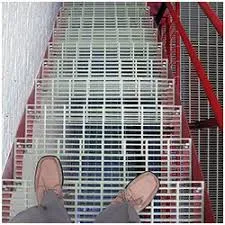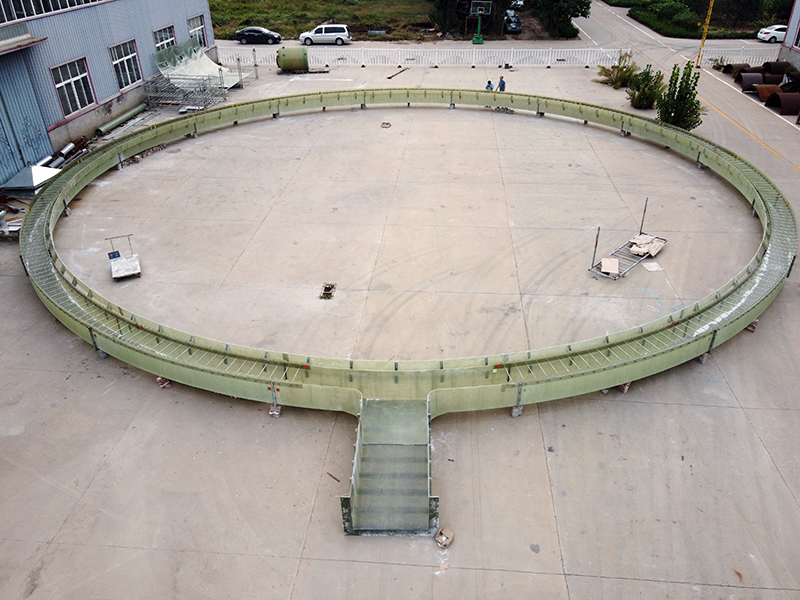
-
 Afrikaans
Afrikaans -
 Albanian
Albanian -
 Amharic
Amharic -
 Arabic
Arabic -
 Armenian
Armenian -
 Azerbaijani
Azerbaijani -
 Basque
Basque -
 Belarusian
Belarusian -
 Bengali
Bengali -
 Bosnian
Bosnian -
 Bulgarian
Bulgarian -
 Catalan
Catalan -
 Cebuano
Cebuano -
 China
China -
 China (Taiwan)
China (Taiwan) -
 Corsican
Corsican -
 Croatian
Croatian -
 Czech
Czech -
 Danish
Danish -
 Dutch
Dutch -
 English
English -
 Esperanto
Esperanto -
 Estonian
Estonian -
 Finnish
Finnish -
 French
French -
 Frisian
Frisian -
 Galician
Galician -
 Georgian
Georgian -
 German
German -
 Greek
Greek -
 Gujarati
Gujarati -
 Haitian Creole
Haitian Creole -
 hausa
hausa -
 hawaiian
hawaiian -
 Hebrew
Hebrew -
 Hindi
Hindi -
 Miao
Miao -
 Hungarian
Hungarian -
 Icelandic
Icelandic -
 igbo
igbo -
 Indonesian
Indonesian -
 irish
irish -
 Italian
Italian -
 Japanese
Japanese -
 Javanese
Javanese -
 Kannada
Kannada -
 kazakh
kazakh -
 Khmer
Khmer -
 Rwandese
Rwandese -
 Korean
Korean -
 Kurdish
Kurdish -
 Kyrgyz
Kyrgyz -
 Lao
Lao -
 Latin
Latin -
 Latvian
Latvian -
 Lithuanian
Lithuanian -
 Luxembourgish
Luxembourgish -
 Macedonian
Macedonian -
 Malgashi
Malgashi -
 Malay
Malay -
 Malayalam
Malayalam -
 Maltese
Maltese -
 Maori
Maori -
 Marathi
Marathi -
 Mongolian
Mongolian -
 Myanmar
Myanmar -
 Nepali
Nepali -
 Norwegian
Norwegian -
 Norwegian
Norwegian -
 Occitan
Occitan -
 Pashto
Pashto -
 Persian
Persian -
 Polish
Polish -
 Portuguese
Portuguese -
 Punjabi
Punjabi -
 Romanian
Romanian -
 Russian
Russian -
 Samoan
Samoan -
 Scottish Gaelic
Scottish Gaelic -
 Serbian
Serbian -
 Sesotho
Sesotho -
 Shona
Shona -
 Sindhi
Sindhi -
 Sinhala
Sinhala -
 Slovak
Slovak -
 Slovenian
Slovenian -
 Somali
Somali -
 Spanish
Spanish -
 Sundanese
Sundanese -
 Swahili
Swahili -
 Swedish
Swedish -
 Tagalog
Tagalog -
 Tajik
Tajik -
 Tamil
Tamil -
 Tatar
Tatar -
 Telugu
Telugu -
 Thai
Thai -
 Turkish
Turkish -
 Turkmen
Turkmen -
 Ukrainian
Ukrainian -
 Urdu
Urdu -
 Uighur
Uighur -
 Uzbek
Uzbek -
 Vietnamese
Vietnamese -
 Welsh
Welsh -
 Bantu
Bantu -
 Yiddish
Yiddish -
 Yoruba
Yoruba -
 Zulu
Zulu
Jan . 13, 2025 11:13
Back to list
frp damper
The growing demand for sustainable and efficient construction solutions has led to the increasing prominence of FRP (Fiber Reinforced Polymer) dampers in various industries. These components, essential for enhancing structural performance, are transforming how engineers approach vibration control and structural integrity challenges.
Real-world experience with FRP dampers has demonstrated their ability to extend the lifespan of infrastructure. Structures equipped with these components exhibit reduced wear and tear, thanks to the effective dissipation of vibrational energy. This not only minimizes maintenance costs but also contributes to the sustainability goals of reducing material usage and extending the service life of buildings and bridges. However, the benefits of FRP dampers extend beyond their mechanical properties. Their corrosion resistance is another critical advantage, especially in environments exposed to harsh weather conditions or chemical exposure. Unlike metal dampers, FRP dampers do not succumb easily to rust, making them an ideal choice for marine applications and chemical plants where long-term exposure to corrosive elements can be detrimental. Establishing trustworthiness in the deployment of FRP dampers involves rigorous testing and quality assurance processes. Manufacturers invest heavily in research and development to ensure that their products meet international standards and can withstand the demands of varied applications. This meticulous approach to production and testing guarantees that every FRP damper installed is capable of delivering reliable performance throughout its intended lifespan. In conclusion, the expertise required to implement FRP dampers effectively contributes to their growing reputation as a critical component in modern construction. Their lightweight yet durable design, coupled with outstanding corrosion resistance and energy dissipation capabilities, make them a versatile and efficient solution for a wide range of structural challenges. As industries continue to seek sustainable and resilient building practices, FRP dampers stand out as a testament to innovation in engineering and materials science, capable of shaping the future of infrastructure with confidence and authority.


Real-world experience with FRP dampers has demonstrated their ability to extend the lifespan of infrastructure. Structures equipped with these components exhibit reduced wear and tear, thanks to the effective dissipation of vibrational energy. This not only minimizes maintenance costs but also contributes to the sustainability goals of reducing material usage and extending the service life of buildings and bridges. However, the benefits of FRP dampers extend beyond their mechanical properties. Their corrosion resistance is another critical advantage, especially in environments exposed to harsh weather conditions or chemical exposure. Unlike metal dampers, FRP dampers do not succumb easily to rust, making them an ideal choice for marine applications and chemical plants where long-term exposure to corrosive elements can be detrimental. Establishing trustworthiness in the deployment of FRP dampers involves rigorous testing and quality assurance processes. Manufacturers invest heavily in research and development to ensure that their products meet international standards and can withstand the demands of varied applications. This meticulous approach to production and testing guarantees that every FRP damper installed is capable of delivering reliable performance throughout its intended lifespan. In conclusion, the expertise required to implement FRP dampers effectively contributes to their growing reputation as a critical component in modern construction. Their lightweight yet durable design, coupled with outstanding corrosion resistance and energy dissipation capabilities, make them a versatile and efficient solution for a wide range of structural challenges. As industries continue to seek sustainable and resilient building practices, FRP dampers stand out as a testament to innovation in engineering and materials science, capable of shaping the future of infrastructure with confidence and authority.
Next:
Related Products









